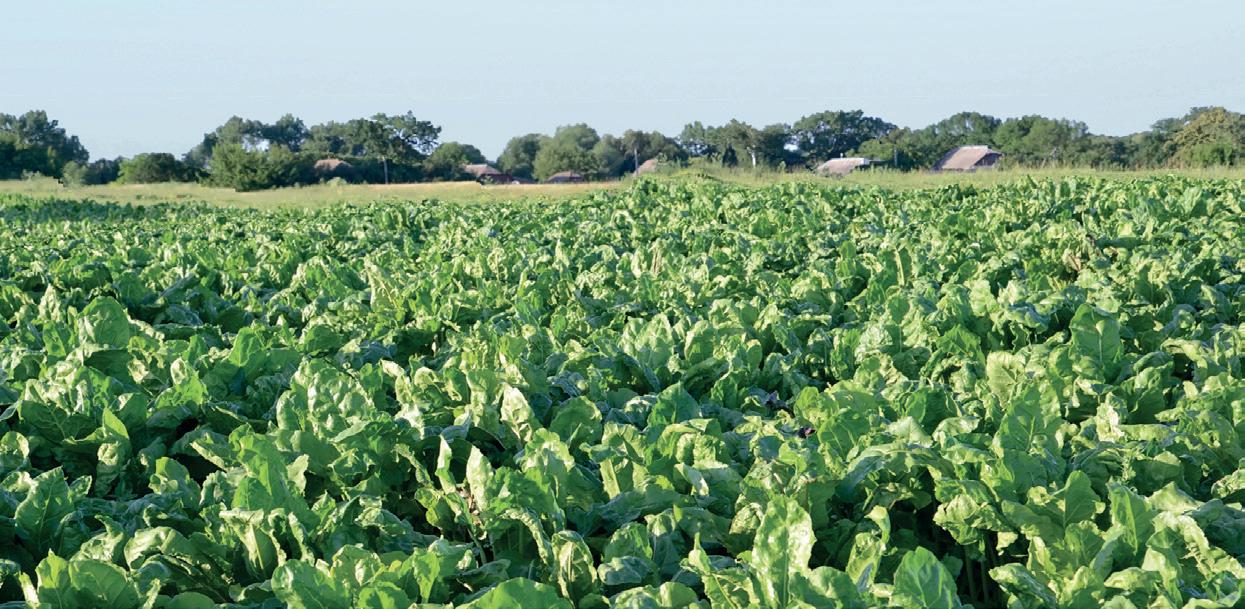
2 minute read
Winter crop wins
Wise use of nitrogen (N) can support a winning winter crop.
A side dressing of N can help winter crops meet their yield potential but too much N reduces return on investment and could cause stock health issues.
“Planning how much N, including side dressings you’re going to apply to kale, swede or fodder beet before sowing, helps to optimise N inputs and yield,” Ballance Agri-Nutrients Forage Specialist Murray Lane says. Applying just the amount of N required for growth of brassicas also minimises the risk of stock health issues caused by accumulation of the anti-nutritional compounds SMCOs. This can occur when excess N is applied and sulphate sulphur levels are >10.
Start with the soil
“The key factors to consider when determining a crop’s N requirements both depend on the soil. What desired yield is appropriate for the soil type and climatic expectations — how much N is available in the soil,” Murray says. “How much yield do you want, relative to the soil and its capacity to hold stock? Thinking of potential soil damage from pugging, is a lower yield actually more appropriate for the soil you’re working on and therefore a better option overall than a higher yield?” An available N test before the crop is sown helps to refine N applications. The test measures the potential supply of N for the growing season. The results may vary widely and depend on several factors including how long a paddock has been in pasture. Paddocks used long-term for pasture generally have higher available N reserves than those that have been cropped. Decision support tools such as the Ballance Brassica Calculators help determine the required amount of N. Murray recommends applying N side dressings to winter crops in one hit 3 to 5 weeks after sowing (depending on the crop). “The N will be used by crop and won’t leach. The greatest risk of N leaching is from cow urine patches as the crop is grazed. Best practice suggests sowing a cover crop soon after grazing to capture this urine N,” he says.
Best in N
The SustaiN range is ideal for N side dressing. It provides reduced N losses
Fodder beet findings
A Sustainable Farming Fund project investigated fertiliser management (and crop establishment) for optimal fodder beet yields. It found that as fodder beet is a luxury feeder of N, it should be applied prudently. Splitting N applications between sowing and canopy closure helps to achieve optimal yields but applying a third application was shown to have little benefit in terms of additional yield.
to the air (volatilisation), resulting in increased N efficiency. SustaiN 15K, 20K and 25K boosts growth, replenishes potassium levels and is useful for fodder beet. “With SustaiN, volatilisation losses are half what they would have been with standard urea, making it more flexible to use and just get the job done instead of waiting for rain,” Murray says.
For more information, contact your Ballance Nutrient Specialist, your Farmlands Technical Field Officer or the friendly team at your local Farmlands store.
Article supplied by Ballance Agri-Nutrients.










